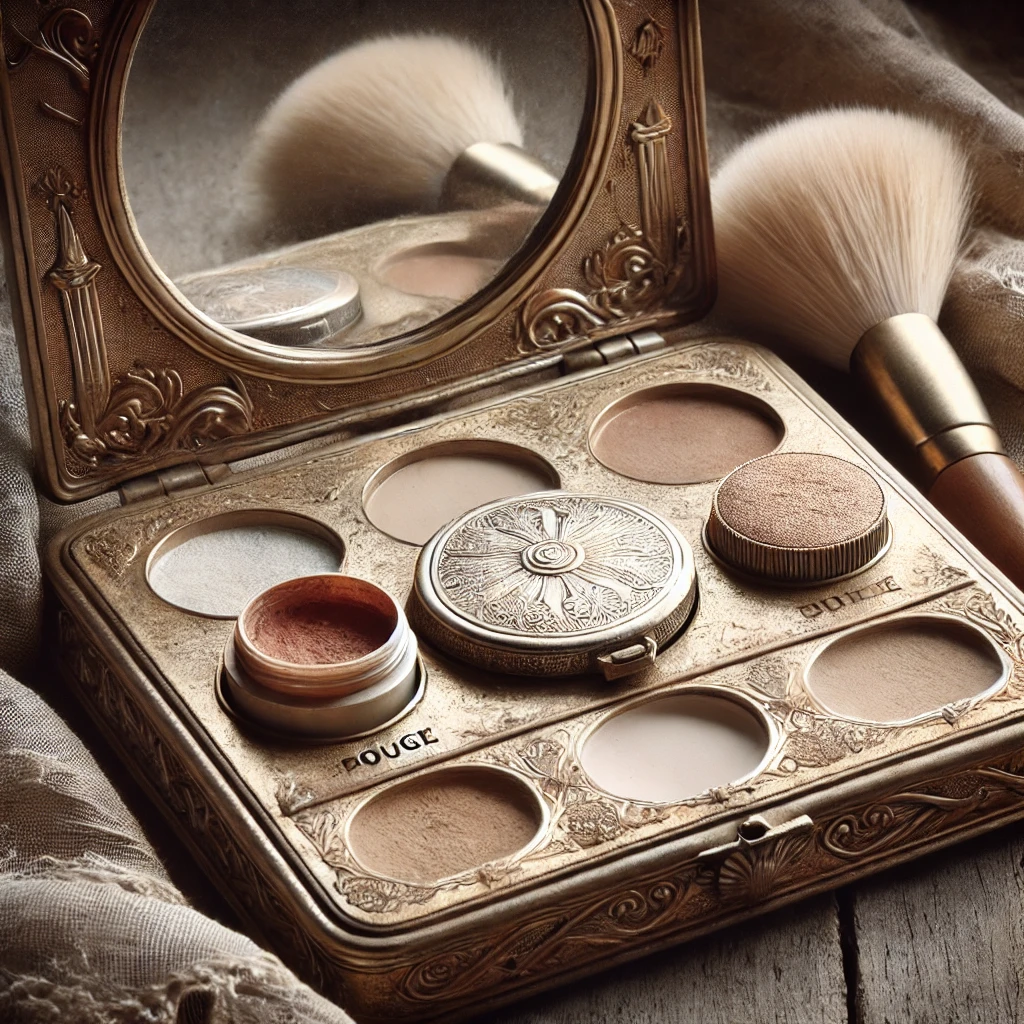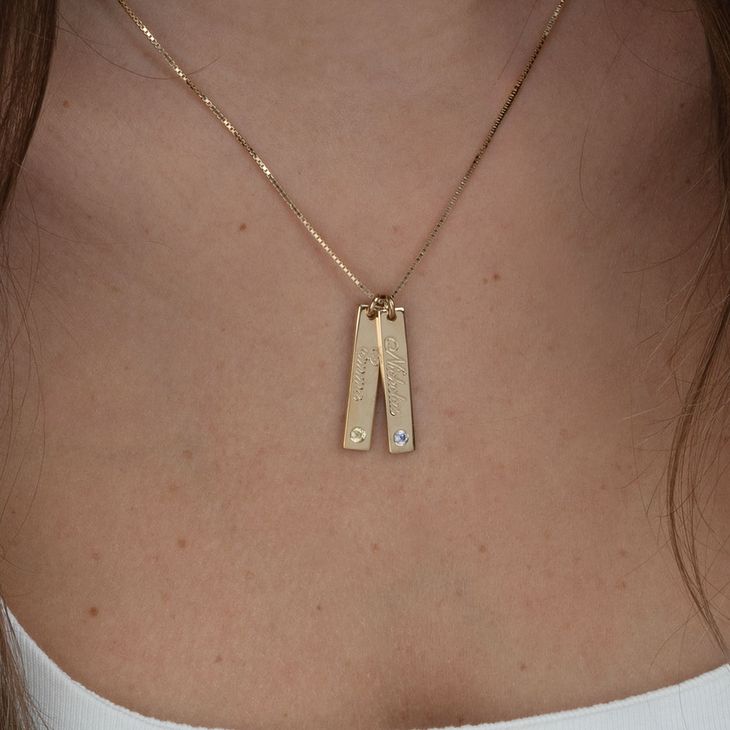1910 Makeup Palettes: The Dawn of Modern Beauty Essentials
Introduction to 1910 Makeup Palettes
At the dawn of the 20th century, makeup palettes began to assume a more prominent role in the beauty regimens of women across the globe. The year 1910 stands out as a particularly transformative period in the evolution of makeup tools. During this era, the first steps were taken towards modernizing fashion cosmetic products, moving away from the rudimentary and often harsh ingredients of the past. These palettes were not just tools of vanity but symbols of burgeoning social shifts and the quiet beginnings of a cosmetic revolution that would grow to define the century.
Deciphering the Essence of 1910 Makeup Palettes
The makeup palettes of 1910 were significantly different from today’s multi-hued collections. They were modest, both in color and content, primarily designed to enhance rather than transform. A typical 1910 palette might include basic elements like rouge for cheeks, a darkening agent for eyelashes and eyebrows, and perhaps a light powder to conceal blemishes and even out the skin tone.
Tracing the Roots: The Emergence of Sophisticated Beauty Tools
The makeup palette as we might envision it today did not exist in 1910. Instead, what emerged during this period were the precursors to the sophisticated beauty tools of later decades. The industrial advancements of the late 19th century had paved the way for more refined and diverse cosmetic products. Ingredients became safer and more varied, and the products themselves began to be packaged in ways that catered to the aesthetic as well as practical needs of the user. Compact cases, typically fitted with a mirror and small compartments for rouge, powders, and creams, became fashionable and reflected a shift towards a more organized and deliberate approach to makeup application.
Distinctive Features of the Era’s Makeup Aesthetic
What distinguished the 1910 makeup palette was its focus on natural enhancement. The colors were subdued, aiming to replicate a healthy, youthful flush rather than making a bold statement. This subtlety was a reflection of the societal expectations of the time, where overt makeup was often associated with impropriety.
Cultural Echoes: The Societal Role of Early Makeup Innovations
The introduction and adoption of makeup palettes in 1910 mirrored broader social changes, including the push for women’s suffrage and the evolving role of women in public life. Makeup became a form of quiet rebellion against the restrictive norms of the Victorian era, allowing women a modicum of control over their own presentation and, by extension, their identity.
The Lasting Influence: How 1910 Palettes Shaped Modern Cosmetics
The principles of simplicity and natural beauty inherent in 1910 makeup palettes can still be seen in today’s beauty products. Modern “no-makeup” makeup trends, emphasizing skin health and a subtle enhancement of features, echo the philosophies of the early 20th century beauty standards.
Reimagining Vintage Beauty: The 21st Century Renaissance of 1910 Palettes
Today, there is a growing appreciation for vintage makeup techniques and aesthetics, including those from 1910. This resurgence is not only a nod to historical beauty practices but also a critique of the sometimes overwhelming complexity of modern cosmetic routines. Makeup enthusiasts and professionals alike explore these historical techniques, seeking inspiration and a connection to the past.
Reflecting on the Enduring Significance of 1910’s Makeup Mastery
The legacy of the 1910 makeup palettes is profound and far-reaching. These early beauty tools helped to democratize cosmetics, making them more accessible to a broader audience and setting the stage for the cosmetic innovations that followed. By simplifying the process of beautification and making it more accessible, these palettes played a crucial role in shaping the modern perception of makeup as a tool for personal expression rather than mere enhancement. They underscored the evolving role of women in society and highlighted the intersection of beauty and identity.
Navigating the Palette: Tips from 1910 to Enhance Your Beauty Routine
Drawing inspiration from 1910, consider incorporating elements like rose-tinted cheek stain or using a simple kohl to subtly enhance the eyes. Embracing these historical practices can add a timeless elegance to your beauty routine.
Conclusion
The study of 1910 makeup palettes offers a fascinating glimpse into a pivotal moment in the history of cosmetics. These early palettes were not just about color or vanity; they were emblematic of broader social changes and the evolving roles of women in society. As we reflect on their enduring significance, we see not only the roots of modern beauty culture but also a reflection of historical shifts in gender, society, and self-expression. The humble beginnings of the makeup palette remind us of the power of beauty tools as agents of change and symbols of broader societal transformations.
FAQS
1.What were the main components of a 1910 makeup palette?
A typical 1910 makeup palette included rouge for cheeks, a darkening agent for eyelashes and eyebrows, and a light powder for skin tone.
2.How did 1910 makeup palettes differ from today’s versions?
Unlike today’s vibrant and diverse palettes, 1910 versions were modest and aimed at natural enhancement rather than dramatic transformation.
3.What role did makeup play in women’s societal status in 1910?
Makeup in 1910 was a subtle form of self-expression and rebellion against the restrictive norms of the Victorian era, aligning with the women’s suffrage movement.
4.Why is the 1910 makeup palette considered influential in modern cosmetics?
Its focus on natural beauty and simplicity laid the groundwork for contemporary “no-makeup” makeup trends.
5.How has the public perception of the 1910 makeup palette evolved over time?
It has gained appreciation as both a nostalgic artifact and a source of inspiration for modern makeup enthusiasts seeking simplicity and historical connection.







Post Comment